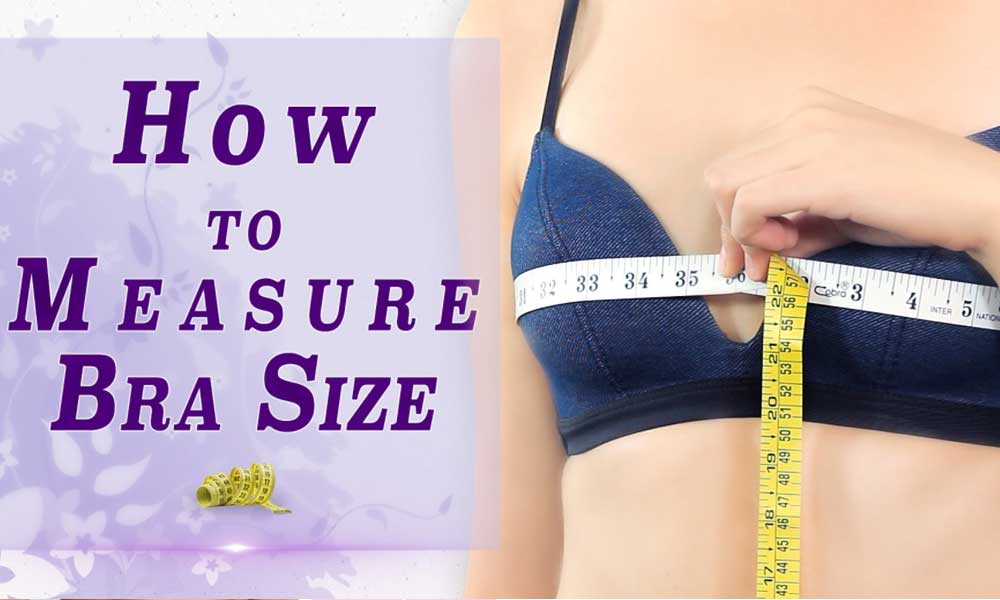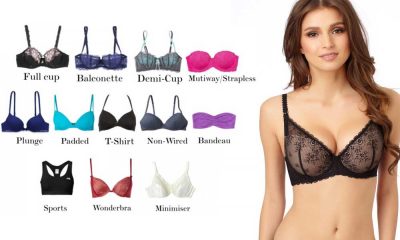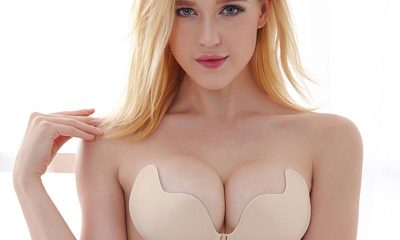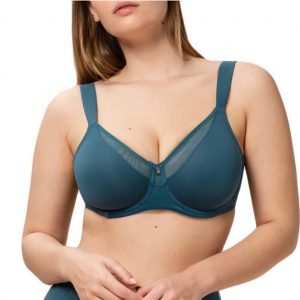Lingerie
How to Measure Bra Size Correctly
If there’s one piece of clothing you own that really fits correctly, it should be a bra. It is imperative that the bras you own actually match the cup and band size that you need. There are far too many women who go through life with a collection of bras that have gapping cups, pinching bands, or an otherwise uncomfortable and incorrect fit.
The problem is, determining what your true bra size actually is can be a fairly difficult feat. While many stores that strictly sell bras, panties, and lingerie offer complimentary bra sizing, making your way to one of these stores isn’t always realistic. It’s a good idea to learn how to accurately measure your bust all by yourself so that you know exactly what your cup and band sizes are the next time you come across a bra you want to buy.
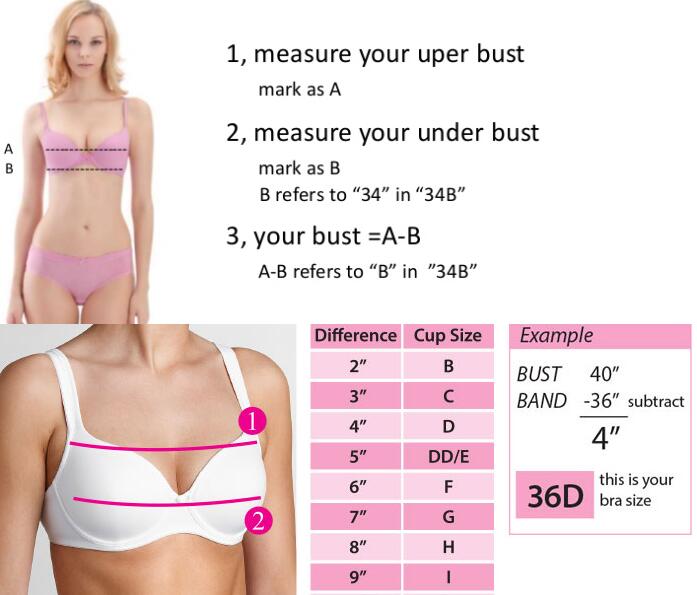
Understand the Calculations
The calculations you have to perform when measuring your bra size are fairly simple, but they can get confusing if you don’t understand what they mean. Basically, to accurately determine your cup and band size, you need to measure around your rib cage and around your bust. The raw number you get from measuring around your rib cage (32, 34, 36, etc.) is your band size.
After you get these two numbers (in inches), all you have to do is subtract the number you got from measuring your rib cage measurement number from your number you got from measuring your bust. This difference, in inches, represents your cup size. 1 is an A, 2 is a B, 3, is a C, 4 is a D, and so on.
bra size calculator inches – bra size calculator accurate
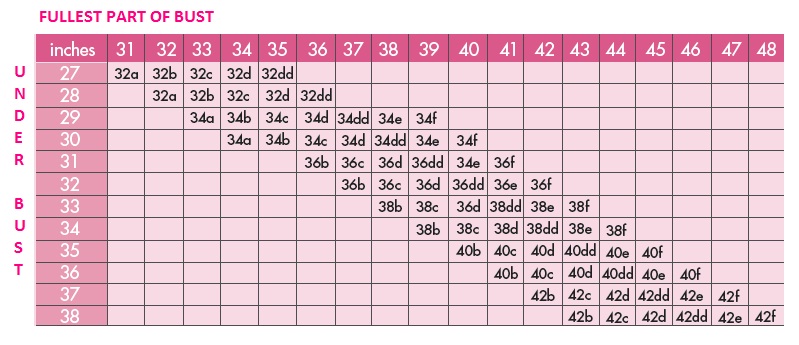
Measure in the Right Places
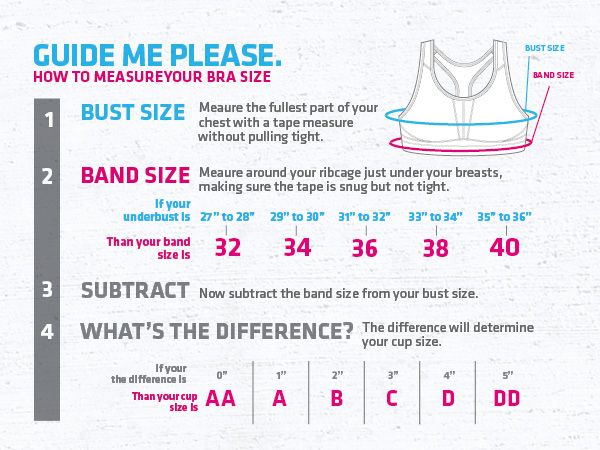
When you measure to determine your bra size, it’s important to make sure that you’re measuring your body in the right places. If you have your tape measure in the wrong area, you’ll end up with an inaccurate numbers and an incorrectly sized bra that doesn’t fit you the way it should.
Measuring for your band size is fairly easy. Just wrap your tape measure exactly where the band of your bra would sit around your rib cage. Try on a bra you already have and mark where it sits on your body for reference if needed. As for your cup size, position your tape measure around where your bust is fullest. This is usually right in the middle of your nipples.
How to Measure Yourself for a Bra
Understand Sister Sizes
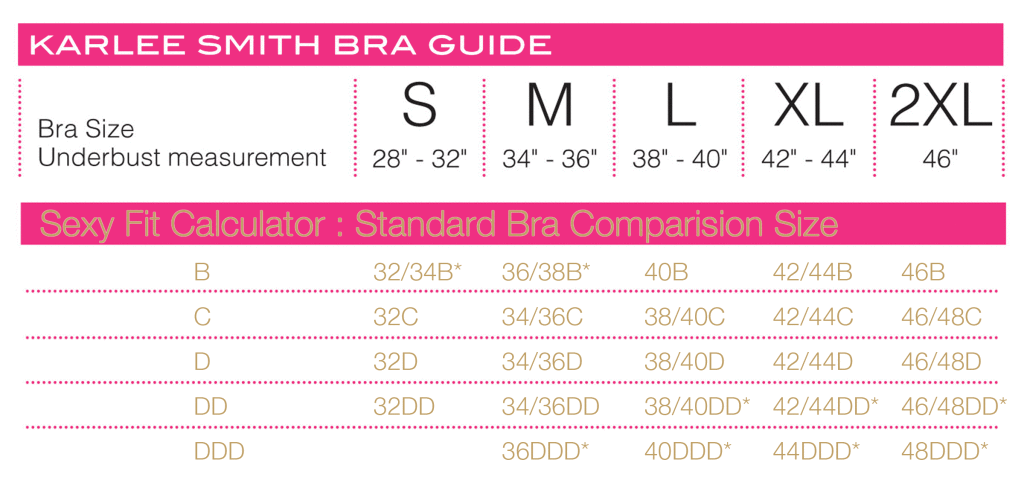
Sister sizes can be a life-saver when it comes to finding a bra size that fit. In the world of bras, sister sizes are groups of bra sizes that have the same cup volume and will likely all fit you. If your normal bra size doesn’t fit you in a certain brand, try on your sister sizes too. One of them will probably fit. It’s very easy to calculate your sister sizes.
Your sister size down is one band size down and one cup size up from your standard bra size. Your sister size up is one band size up and one cup size down from the bra size that usually fits you. For example, if your true bra size is a 34 C, your sister size down would be a 32 D and your sister size up would be a 36 B.
Know When to Go Tight Versus Loose
When you measure yourself for a bra, how tightly or loosely should you measure? Does wrapping your tape measure around your boobs like a boa constrictor give you the most accurate sizing information? Should you gently drape the tape measure around your rib cage so that it’s barely making contact with your skin? Which measuring techniques give you the best and most accurate results for your size?
It’s best to avoid extremes all around. Don’t measure too tightly or too loosely in any one area. However, think about how your bra is going to fit you when you’re measuring. Measure your band size more snugly so that the band of your fits securely around your rib cage. Wrap your tape measure a bit more loosely when measuring around your breasts so that the cups of your bra don’t dig into your skin.
Learn When to Round
So what happens if you end up with an odd number when you measure your band size? If you measure around your rib cage and get 31, 33, or 35 inches instead of a nice even number, round up.
You don’t want to round down because that will leave you with a bra band that pinches your skin and drives you crazy throughout the day. Rounding up allows you to use your bra’s clasp closure to get the tighter fit you might need.
Pay Attention to Your Body
In case you haven’t noticed already, your boobs are not always the same size. If you try to measure for your bra size when you’re on your period or when you’re pregnant or otherwise swollen, you likely won’t get the most accurate results.
It’s a smart idea to take your measurements at different times of the month. Make sure the sizes are consistent before you actually buy a bra in a certain size.
Keep Measuring
Have you been wearing the same size bra since you finished puberty? You’re probably wearing the wrong size. Your bra size naturally changes as you get older as a result of aging, hormonal shifts, weight gain, and weight loss.
That’s why it’s important to keep measuring yourself as time goes on to make sure that the bra size you think you are is still actually accurate. In fact, every time you buy a new bra, make it a point to take quick measurements of yourself just to confirm your size. You might be surprised at the subtle changes that make a big difference in the size you buy.
Stop convincing yourself that your gapping bra is the perfect size for you. Life’s too short to settle for a bra that doesn’t really fit you. Learning how to accurately measure yourself to determine your true bra size can help you overcome the common problem of ill-fitting bras. Get ready to effortlessly enter the magical world of comfortable, supportive bras that truly fit.

